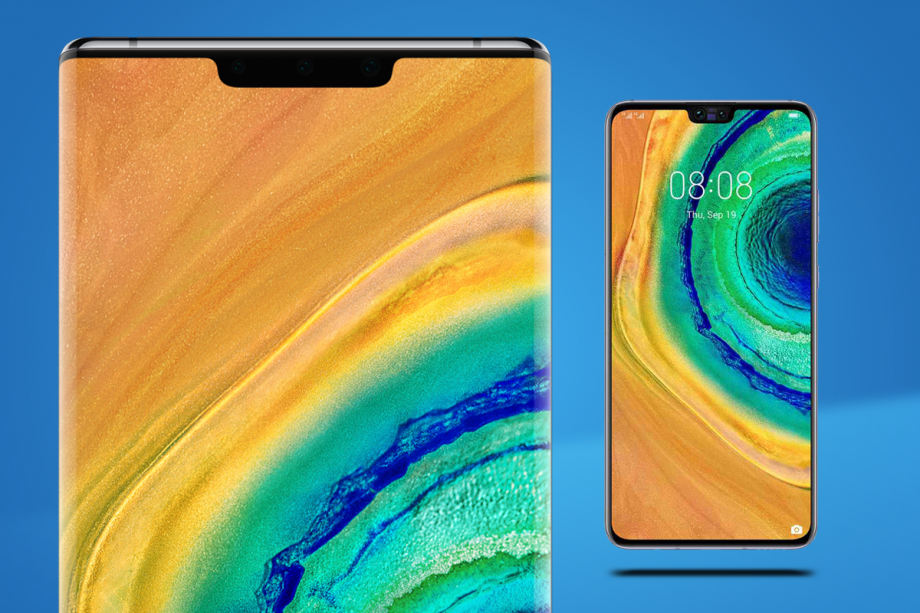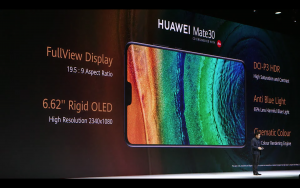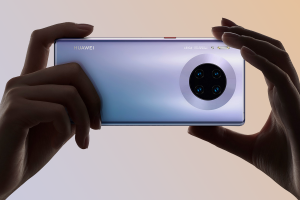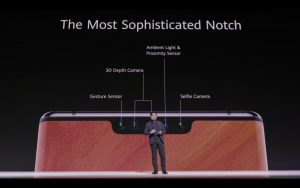Huawei Mate 30 vs Huawei Mate 30 Pro: Which is your best Mate?

Huawei Mate 30 vs Huawei Mate 30 Pro – Which of these Mates in high places is the better buy?
The Huawei Mate 30 and the Huawei Mate 30 Pro have just been announced at a special launch event, so we now know what the Chinese manufacturer’s late-2019 flagship line-up looks like.
But how do they compare to one another? Do you need to splash out on the full Pro experience, or is the plain Mate 30 looking like the smarter buy?
Read our Hands on: Mate 30 Pro review
We’ll delve into the specs in a little more detail below. For now, though, let’s run through the main take-away points.
- Huawei Mate 30’s 6.62-inch OLED display is slightly larger, while Huawei Mate 30 Pro’s 6.52-inch OLED display is slightly sharper
- Huawei Mate 30 Pro has dual-curved display and IP68 rating, while Huawei Mate 30 is flatter and only IP53 rated
- Both Mate 30 phones run on the new Kirin 990 chip, which is between 20 and 40% faster than the previous generation.
- Both phones pack three cameras plus an additional sensor, but the Mate 30 Pro’s setup is more advanced all round
- Neither phone has access to Google’s services or apps, which could be a major turn off
Related: Best phablet 2019
Huawei Mate 30 vs Huawei Mate 30 Pro – Specs and Camera
The supposedly lesser Huawei Mate 30 has the slightly larger display here. It’s a 6.62-inch screen compared to the 6.52-inch Pro model.
You don’t appear to have to compromise on quality either, with both phones adopting vibrant OLED technology over LCD. Deep blacks all round.
The Mate 30 Pro display is every so slightly sharper though, at 1176 x 2400 versus 1080 x 2340. Interestingly, the Huawei Mate 30 has a slightly longer 19.5:9 aspect ratio next to the Pro’s 18.5:9.

Both phones pack multi-lens Leica cameras. We’re expecting great things from both judging from the performance of their immediate predecessors.
There are slight differences to the camera specs, however. The Huawei Mate 30 Pro has a 40-megapixel f/1.6 wide, a 40-megapixel f/1.8 ultra-wide, and an 8-megapixel f/2.4 telephoto lens. These are assisted by a 3D depth sensing sensor.
With the Mate 30 you get a less bright 40-megapixel f/1.8 wide, a lesser 16-megapixel f/1.8 ultra-wide, and what appears to be the same 8-megapixel f/2.4 telephoto lens. These are assisted by a lesser laser focus sensor.
Related: Huawei Mate 30 Pro vs Huawei P30 Pro

The two camera systems have the same 3x optical and 3x digital zoom range, but the Pro has double the ISO limit and dual-OIS image stabilisation against the Mate 30’s single-OIS.
Both phones run on the new Kirin 990 chip. While it’s built using the same-sized 7nm process as the Kirin 980 before it, Huawei claims a 23% boost to CPU performance and a massive 39% boost to GPU performance. They’re both going to be among the top Android performers, it seems.
Despite this, the CPU is 23% more efficient than before, while the GPU is 32% more efficient. Combined with a 4500 mAh battery for the Mate 30 Pro and a 4200 mAh battery for the Mate 30, we’re expecting Huawei’s reputation for class-leading battery life to continue.
Talking of charging, both support 27W wireless charging, as well as 40W wired fast charging. They can both juice up other devices too, courtesy of reverse wireless charging.
Huawei Mate 30 vs Huawei Mate 30 Pro – Look and feel
Both phones sport an anti-slip finish to the bottom half of the rear panel, which then transition to a glossier finish at the top. It’s quite a striking effect.
Even more striking is the camera design. Both phones place their multi-sensor Leica cameras in the centre, within a large black circular module. It gives them the look of, well, a high-grade camera.
Though the Huawei Mate 30’s display is larger, it’s also completely flat. The Pro’s screen, by contrast, curves off at either edge. Whether you see that as a good thing or a bad thing is down to personal preference, but it certainly looks more attractive than its plain Jane brother.
One practical advantage of this dual-curved display is that the Mate 30 Pro is 3mm narrower than the Mate 30, meaning it should be a little better suited to single-handed usage.

There’s minimal weight difference between these two phones, with both coming in a little south of the 200g mark. Given the size of their batteries that’s quite an achievement.
The Mate 30 Pro packs a wider notch than the Mate 30, but that’s because it features a more advanced 3D facial recognition system for secure biometric authentication. With the Mate 30, you’ll probably want to rely on its in-display fingerprint sensor instead. Both tiers get this particular advanced form of authentication this time around, which is nice to see.
There’s some disparity with the build quality, however. The Mate 30 Pro is IP68 certified, while the Mate 30 is only IP53, meaning that the Pro model will be able to stand up to water submersion and dust particles much better.
All of these specs sound impressive in total, but both the Huawei Mate 30 and the Huawei Mate 30 Pro could fall down big time on software. While both run a form of Android 10, neither will have access to Google’s services or apps. They will also be cut off from the Google Play Store, so you’ll have to rely on Huawei’s own home-brewed (and downright inferior) alternative.
Huawei Mate 30 vs Huawei Mate 30 Pro – How much do they cost?
The standard Mate 30 starts at €799 (∼£710), while the Mate 30 Pro starts at €1099 (∼£970). There’s also a 5G version of the Mate 30 Pro, which will start from €1199 (∼£1060). We don’t yet have any official UK pricing for either phone.


